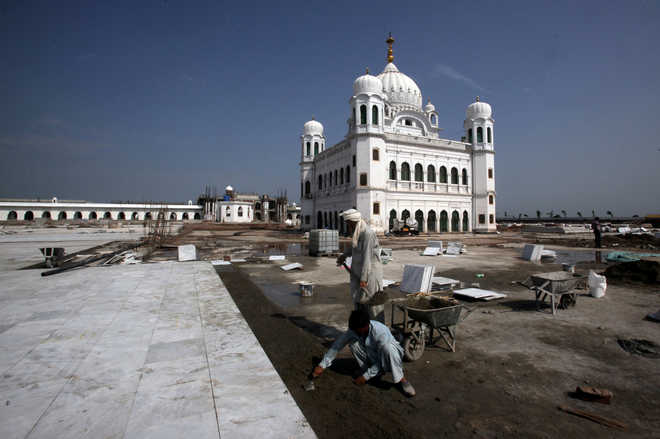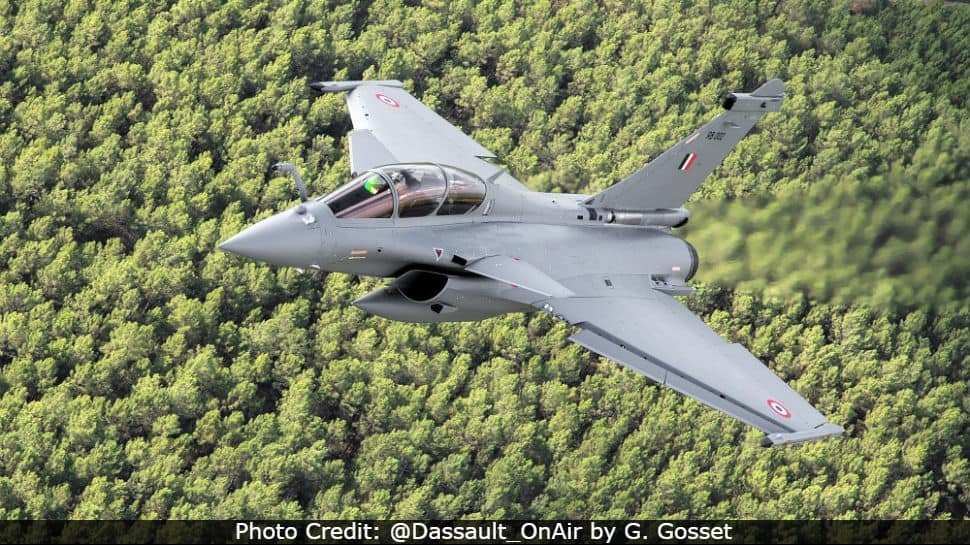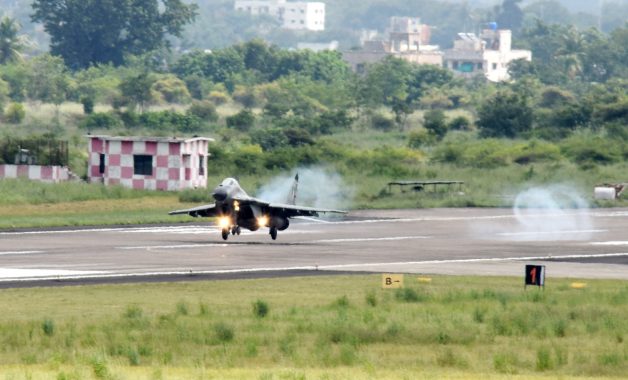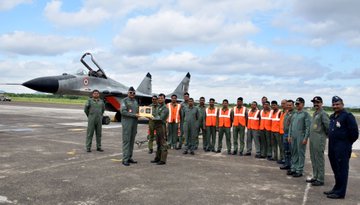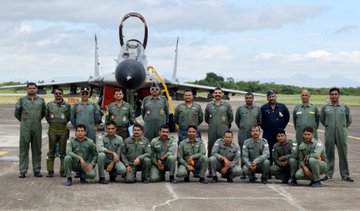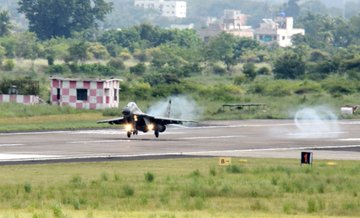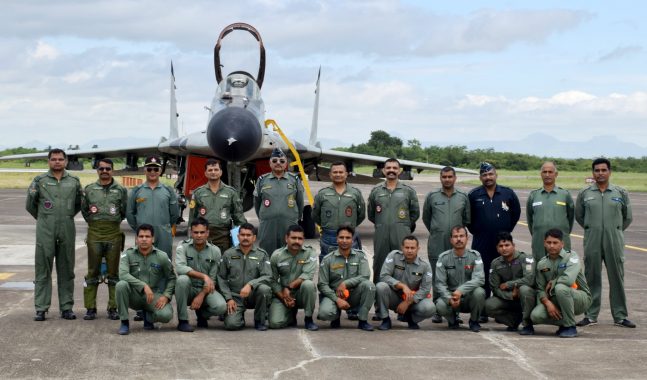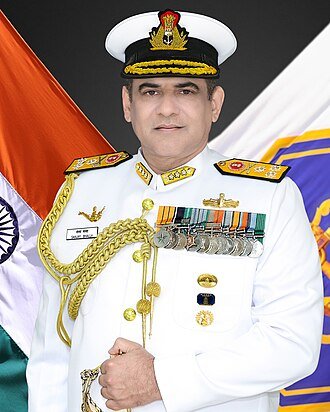India would like to make itself useful to countries in the Indian Ocean Region, and leverage its size and advantages to help the economy and security of the countries in its vicinity, National Security Advisor Ajit Doval has said. Doval, who was in Goa to attend the 2nd Goa Maritime Conclave for the Indian Ocean Region countries hosted by the Navy, reached out to countries of the Indian Ocean offering them the technological and infrastructural facilities that India has been able to build up.
“India has certain geographical advantages and also the advantage of size… and having initiated some of the things can add to the common goal,” Doval said. “The technological and infrastructural facilities that India has been able to build up, we would like to throw open and make it available for the best use of the countries of the region,” Ajit Doval said, pointing out that India had provided navigational warnings, and hydrographic surveys to the neighbouring countries.
“In our neighbourhood first policy, this is our commitment. That in fighting terror, organised crime, drug trafficking, narcotics, arms smuggling, we would like to cooperate with all of you,” he said.
“But India still lacks in many areas where we would like to develop and grow, but in a way where we would not only maximise our national benefits but also become more useful to countries in our neighbourhood,” Doval said.
Doval, however, underscored that the plan was only to cooperate and not become a naval alliance.
“I would like to underline that we are not part of any alliance. Our cooperation is not directed against any country. Our cooperation is truly intended and focussed on bringing about a change that will only add towards the prosperity of each country and region,” Doval said.
“There are many things that need to be done but none of us are in a position to do it alone but together we can do and contribute and that brings about the element of contra complementarity. It has got a much greater space because all of us have a non-contiguous relationships, we do not have any areas of strategic conflict. We consider that anything that is good for one country is going to contribute to the wellness of the rest,” Doval said.
The maritime conclave is being hosted by Karambir Singh, the Chief of Naval Staff and witnessed the naval chiefs of Indian Ocean littoral countries including the countries of Maldives, Bangladesh, Malaysia, Sri Lanka, Kenya, Indonesia, Singapore, Seychelles, Mauritius, Maldives, Myanmar and others.
Earlier, Chief of Naval Staff Karambir Singh listed out the problems facing the Indian Ocean Region countries and the challenges the navies faced.
“Climate change, rising sea levels, natural calamities pose clear and present dangers. Maritime terror, drug smuggling IUU (illegal unreported unregulated) fishing, poaching, trafficking, etc, have increasingly occupied navies across the region,” Singh said in his inaugural speech.
“Thirdly, there is a recognition that no one nation can do it all alone. The vastness of the oceans is only contradicted by the inadequacy of our individual resources. No single entity can single-handedly requisition the full scale of assets, economics and expertise to tackle the gamut of challenges faced. This is also crucial, given the transnational nature of threats,” he added.








